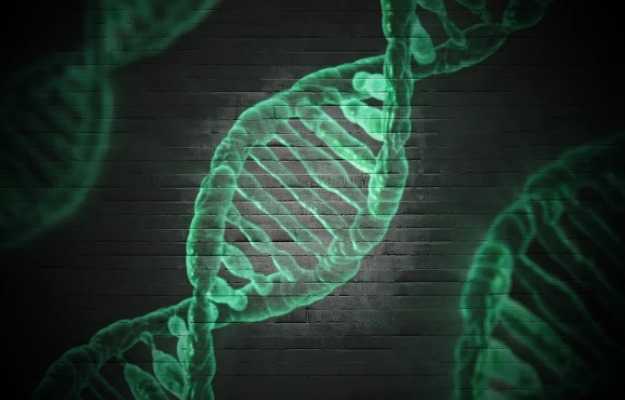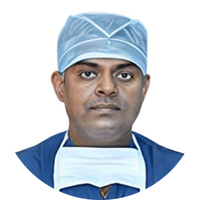Skeletal dysplasias, also called osteochondrodysplasias, is a group of hundreds of disorders with different genetic causes that affect the bone and cartilage growth and development of the skeletal system. While the presentation varies based on the type of skeletal dysplasia, broadly speaking, bone and cartilage growth abnormalities cause distortion of skeleton shape and size. Furthermore, the long bones, spine and skull become disproportionate. The severity of skeletal dysplasia can range from a complete absence of growth, resulting in a fatality, to mild dysfunction, resulting in dwarfism. While these exceptionally rare diseases are marked by significantly short stature, the distinguishing feature of skeletal dysplasia is the disproportionate growth between different body parts. Although primarily a dysfunction of bone and connective tissue growth, other systems like neurological, respiratory and cardiac can be involved as well. Most cases of skeletal dysplasia are caused due to the expression of specific defective genes, transmitted by the carrier parent, in the baby. Besides clinical presentation and genetic testing, radiological imaging studies are of utmost importance for accurate diagnosis, classification, treatment planning and prognosis.
New Year Bumper Sale @ Rs. 1
X

- हिं - हिंदी
- En - English
- Treatment
-
- Skin Issues
- Acne
- Fungal Infection
-
- Hair Problems
- Hair Growth
- Hair Dandruff
- Self-Analysis
-
- Chronic Diseases
- Diabetes
- Heart Care
- Weight Loss
- Sleep Support
- Liver Care
- Stress & Anxiety
- Our Brands
- Doctor Consultation
- Medicine A-Z
-
Health A-Z
-
- Treatments
- Home Remedies
- Herbs
- Surgery
- Lab Test
- Therapy
- First Aid
- Ayurveda
- Homeopathy
-
- Yoga And Fitness
- Fitness
- Yoga
- Weight Loss
- Weight Gain
-
- Other Topics
- Baby Names
- Beauty
- Healthy Foods
- Tips
- Health News
- Pet Health
- Men Health
- Medical Cannabis
- Login / Sign Up
 Doctors for Skeletal Dysplasia
Doctors for Skeletal Dysplasia 












































